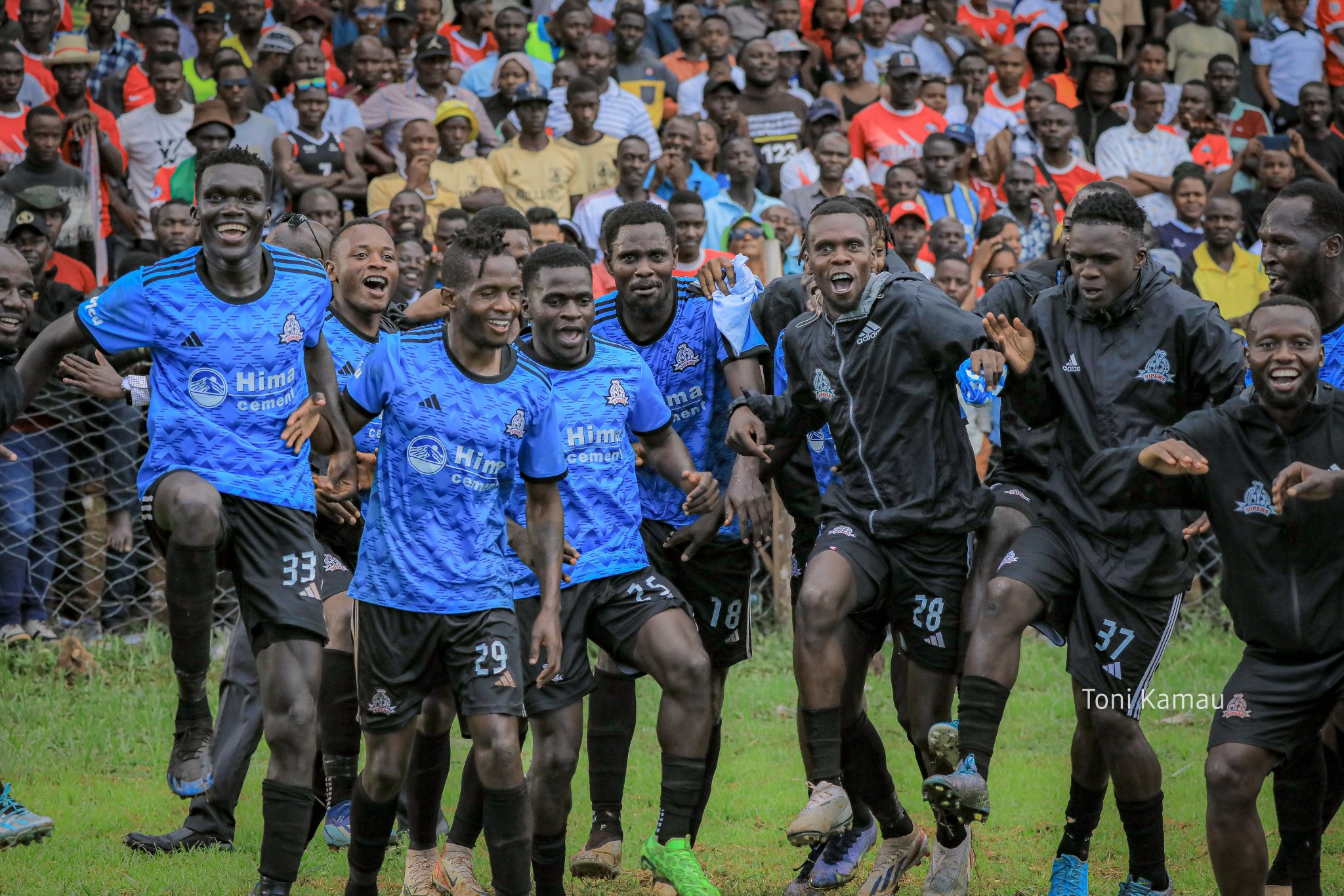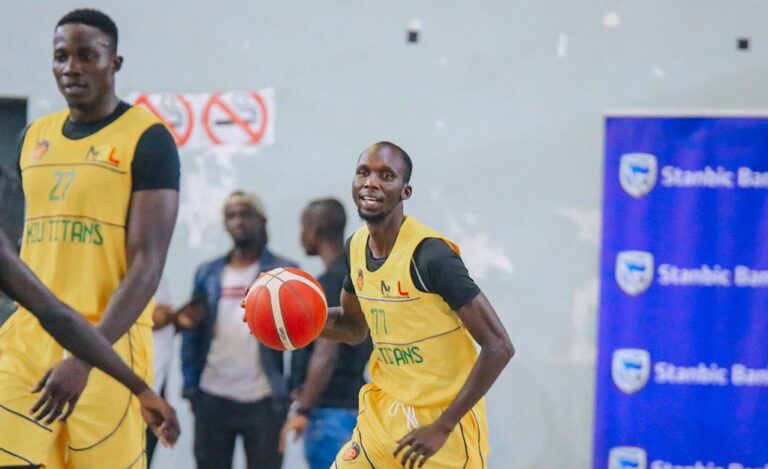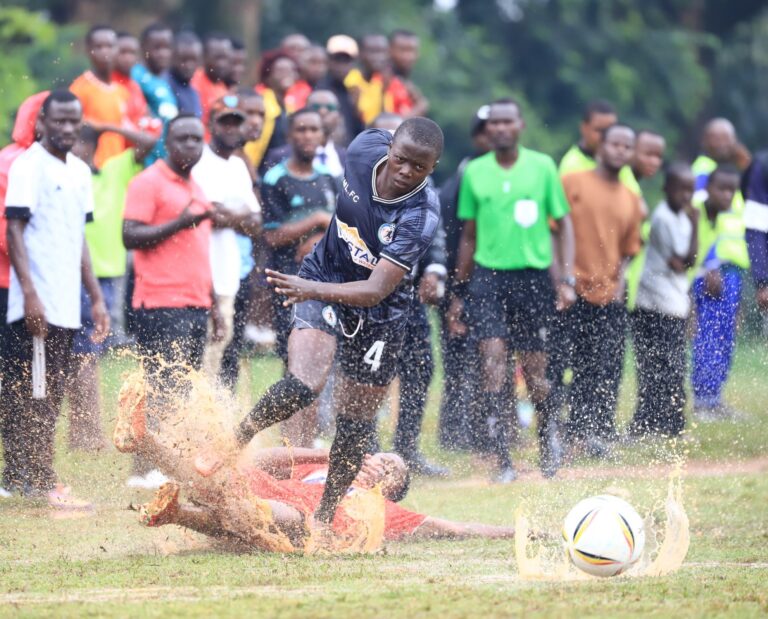If you find that someone is not breathing normally and is not responding to you as you follow the ABC procedure (Airway, Breathing and Circulation), then you need to start Cardiopulmonary Resuscitation (CPR) straight away.
If the casualty has suffered a cardiac arrest it’s common for them to take irregular gasping breaths (known as agonal breathing) during the first few minutes after the incident.
This is abnormal breathing and the casualty will require resuscitation using CPR without delay.

NOTE:
When a person’s breathing or heart has stopped, their organs don’t receive a supply of oxygen-rich blood and this will soon lead to irreversible damage.
Cardiopulmonary Resuscitation (CPR) is a technique that can be used to keep blood and oxygen circulating in the body and can make the difference between life and death.
CPR involves giving chest compressions and rescue breaths (mouth-to-mouth breathing), or chest compressions alone, to a person who has stopped breathing or whose heart has stopped.
NOTE:
If an automated external defibrillator (AED) is available then this should be used in addition to giving CPR, as this combination is the most effective way to treat an unconscious casualty who isn’t breathing normally.
If you have not been trained in emergency life support, then doing chest compressions only (known as hands-only CPR) can increase the chance of survival for the casualty.
How To Perform Chest Compressions
- Kneel at the casualty’s side, beside their chest.
- With two fingers of the hand nearest the legs, locate the lowest point of the breastbone (sternum).
- Place the heel of one hand on the breastbone (approximately two fingers widths up from its base). Keep the fingers of this hand straight, to avoid putting any pressure on the ribs.
- Place your other hand on top of your first hand and interlock your fingers.
- Position yourself with your shoulders directly above your hands and keep your arms straight.
- Push downward using your bodyweight, hard and fast. The chest should be compressed to roughly one third of the depth of the chest. After each compression, release the pressure and allow the chest to return to its normal position, before rapidly repeating the compression. The rate of compression should be approximately two compressions per second.
NB:
It’s important to try not to stop or interrupt giving the chest compressions (even to try to prevent blood loss) until the casualty is resuscitated, or the emergency services have arrived. If there is another person present, they may be able to take over from you when you become too tired.
- Carry out 30 chest compressions.
- Place one hand on the casualty’s forehead and two fingers of the other hand under the point of their chin. Gently tilt their head back while lifting the chin.
- Pinch the soft part of their nose to close their nostrils with one hand and with the other hand slightly open their mouth while keeping the head tilted.
- After taking a breath, place your open mouth over their mouth, creating a seal with your lips.
- Blow steadily and firmly into their mouth for about one second.

NOTE: While doing this, look to see if the chest rises. If the chest doesn’t rise it could be because the airway is blocked, not enough air is being blown into the lungs, or because the mouth and nose aren’t sealed adequately, allowing air to escape. Check that the head is tilted to open the airway and ensure that there is an adequate seal at the nose and mouth, before trying again.
After giving a breath, take your mouth away and turn your head towards the chest of the casualty to look and feel for air being exhaled, while ensuring that their head is kept tilted and chin lifted.
After giving two breaths, continue with cycles of 30 chest compressions to two rescue breaths until the casualty begins to recover or emergency help arrives.
NOTE:
Do not stop CPR to locate the casualty’s pulse or to check for signs of blood circulation.

The Author is Isaac Gabriel Otuk, the CEO of Fitness Health Nutrition Sports (FHNS) company.
THE FHNS brand provides sports medicine like injury management and REHABILITATION services, injury Prevention programs and performance enhancing services to Athletes from all sports disciplines in Uganda, East Africa and around the world through its Physical and online medical Platforms.
Mail – [email protected]
Phone – +256778092815
Read more of our Healthy Series Here



















